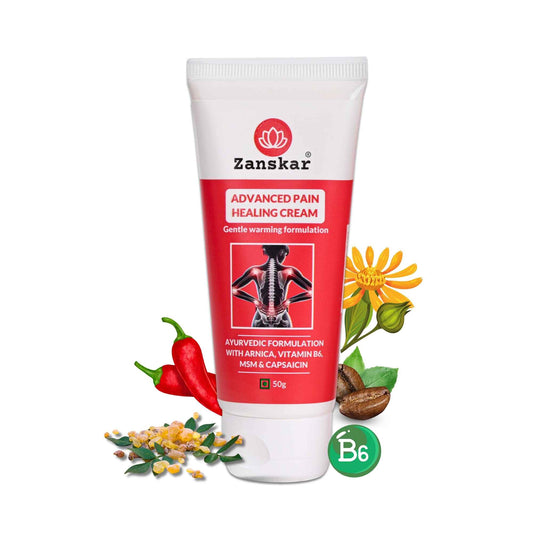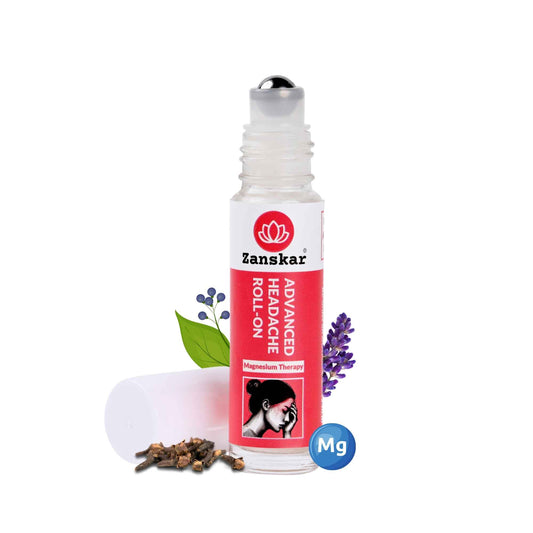
Having trouble with your heels when walking? You may have heel spurs.
Yes, jogging and jumping are great for your heart. But for your heels? Not so much.
Constant pounding on hard surfaces can create a heel spur, a half-inch bony protrusion on the bottom of the heel bone. If you’re lucky, heel spurs are painless, more an oddity than a condition needing treatment. But if you’re not so fortunate, heel spurs can inflame the soft tissue around the protrusion, causing you intermittent or chronic pain.
This article explores the symptoms of heel spurs, as well as other causes of heel pain. It also discusses the causes, risk factors, and treatments for the condition.
What are Heel Spurs
A heel spur is a condition where a calcium deposit grows between the heel and arch of the foot. Heel spur symptoms include pain that can feel sharp or like a dull ache. A person may also notice heat radiating from the affected area. Heels spurs may happen independently or may be related to an underlying health condition.
Symptoms
Symptoms of heel spurs can include:
- sharp pain like a knife in the heel when standing up in the morning
- a dull ache in the heel throughout the rest of the day
- inflammation and swelling at the front of the heel
- heat radiating from the affected area
- small, visible bone-like protrusion under the heel
- point of tenderness at the bottom of the heel that makes it hard to walk barefoot
If a person experiences these symptoms, a doctor may take an X-ray of their foot to determine the problem. Seeing the protrusion on an X-ray is the only way to be sure a person has heel spurs.
However, not everyone with a heel spur will experience all of these symptoms. Some people with heel spurs may experience no symptoms at all.
What Causes a Heel Spur?
Heel spurs happen when long-term muscle and ligament strain wears out the soft tissues in the heel. Tearing the membrane that covers the heel bone is also a cause.
The heel can also become more vulnerable with age. A 2015 review of heel pain noted that as a person ages, the pads in the heel wear down and fail to provide shock absorption.
Over time, calcium deposits can build up under the heel. These deposits form bony protrusions, which are heel spurs.
Risk Factors for Heel Spurs
You are more likely to develop plantar fasciitis and heel spurs in case you are:
- Active – If you play sports that place excessive stress on your heel bone and attached tissue, especially when you have tight calf muscles or a stiff ankle from a former ankle sprain that limits ankle movement, it may cause a heel spur.
- Overweight – If you carry around extra weight, it will increase the strain and lay more stress on your plantar fascia.
- Pregnant – Pregnant women experience weight gain and swelling, which cause their ligaments to become more relaxed, leading to mechanical problems and inflammation.
- Flat Footed – A change in the foot arch can alter the shock absorption ability, stretching and straining the plantar fascia, which has to absorb the additional force.
- Middle-Aged or Older – As you age, the foot’s arch begins to sag, putting extra stress on the plantar fascia.
- Joint pain – Some types of joint pain can lead to inflammation in the tendons in the foot’s bottom, which may cause plantar fasciitis.
- Diabetes – People with diabetes are also prone to plantar fasciitis.
What is the Best Treatment for Heel Spurs?
Pain caused by a heel spur is rarely permanent. Plantar fasciitis, the main cause of a heel spur, is reversible and can be treated successfully. The primary cause behind heel spurs is poor foot biomechanics. Therefore, it is important to thoroughly assess and correct your foot & leg biomechanics to prevent progression of a heel spur.
Treatment for heel spurs includes:
- Rest: Getting plenty of rest and taking pressure off the feet can help to reduce pain and swelling in the affected area.
- Applying ice: This can help reduce pain and swelling.
- Using custom-made orthotics (shoe inserts): These donut-shaped inserts go inside the shoe to take the pressure off the heel.
- Wearing cushioned sports shoes: These may also help to relieve pressure and reduce pain.
- Anti-inflammatory medication: This helps to reduce swelling.
- Physiotherapy: To correct foot biomechanics for reducing progression of spurs
- In rare cases, surgery may be necessary to remove the heel spur. However, the above treatments are usually effective, and surgery is not needed.
If heel spurs are caused by an inflammatory type of joint pain, treatments for the underlying condition may also improve symptoms.
It is worthwhile to note that use of flip flops should be limited if you have heel spurs.
The outlook for heel spurs is positive. The calcium deposit will always be there unless surgically removed, but this is not normally problematic, as treatments to reduce pain and swelling tend to be effective.
Learn More About Zanskar Health
If you have joint or muscle pain that makes it hard to move, Zanskar offers the most advanced full stack pain relief solutions for you.
Now available to purchase, Zanskar® Advanced Pain Care Products have a unique formulation of natural bioactive ingredients and provide lasting relief from muscle and joint discomfort that you can feel good about. Get your fix before stocks run out - buy now.
You can also gain access to therapeutic exercises and stretches for your condition by downloading the Zanskar Health physiotherapy mobile app. Additionally, you’ll have a personal care team to guide, support, and tailor our program to you, including behavioral and nutritional coaching.
Download our mobile app here 👉 download and track your exercise streak.
Medical Review: This article is written by Dr Nishtha Mittal (Senior Health Content Editor at Zanskar Health) and has been medically reviewed by the medical team at Zanskar Health. This article and its contents are provided for educational and informational purposes only and do not constitute medical advice or professional services specific to you or your medical condition.








